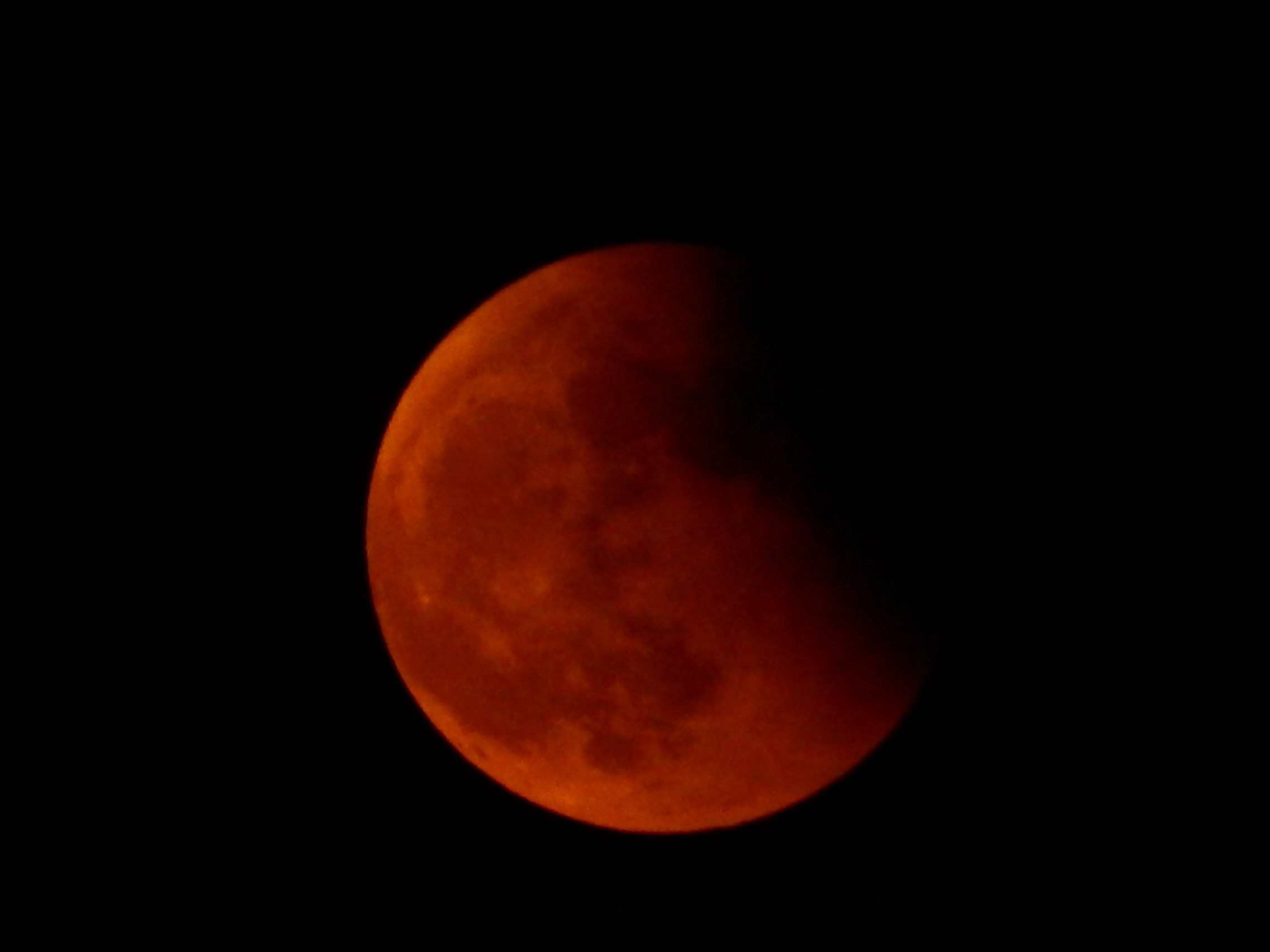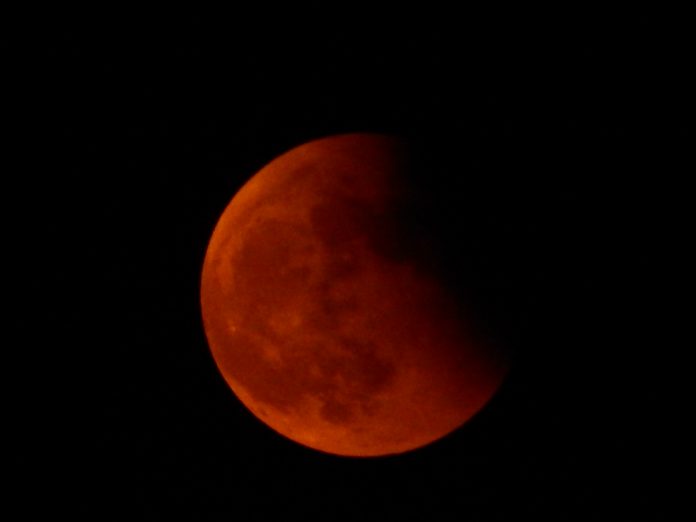 Understanding the Blood Moon Phenomenon: Causes and Upcoming Occurrence
Understanding the Blood Moon Phenomenon: Causes and Upcoming Occurrence
A Blood Moon is a captivating and awe-inspiring event that has fascinated humans for centuries. The sight of our lunar companion painted in shades of red has given rise to numerous myths, legends, and beliefs across different cultures. But what causes this stunning phenomenon, and when can we expect to witness it again?
The vibrant red hue of a Blood Moon is a result of a total lunar eclipse. During this celestial event, the Earth aligns between the Sun and the Moon, casting its shadow onto our satellite. As sunlight passes through the Earth’s atmosphere, it is refracted and scattered, with mainly red wavelengths reaching the Moon. This scattering of light is what gives the Moon its crimson color during a total eclipse.
To measure the color range and brightness of a lunar eclipse, French astronomer André-Louis Danjon developed the Danjon Scale in 1912. This scale ranges from 0 (almost invisible) to 4 (a vivid red or orange eclipse). The intensity of the red color can vary depending on atmospheric conditions such as dust, smoke, or clouds. A clear atmosphere results in a bright and rich red shade, while a more polluted atmosphere may darken the color, giving it a brownish tint.
But why can we only see a Blood Moon during a total eclipse? The answer lies in the specific conditions required for an eclipse to occur. A total eclipse happens when there is a full moon and our satellite is in close proximity to the node of its orbit, where its path intersects with the ecliptic plane. The degree of coverage of the lunar disk by the Earth’s shadow determines the phase of the eclipse. If the Moon falls completely into the umbra (Earth’s shadow), we witness a total eclipse, accompanied by the captivating red hue. However, if only part of the lunar disk enters the shadow, it results in a partial eclipse, and the red color may only be visible in that portion.
The upcoming Super Blood Wolf Moon is a rare combination of a total lunar eclipse, a Supermoon, and the first full moon in January, commonly known as the Wolf Moon. A Supermoon occurs when the Moon is at its closest distance to Earth, appearing larger and brighter than usual. This celestial event is named after the Native American belief that the January crescent is associated with wolves howling on cold winter nights. The Super Blood Wolf Moon presents a unique opportunity to witness this captivating phenomenon in all its glory.
While a total eclipse is not the only time the Moon can appear red, other factors are also related to the scattering of light in the Earth’s atmosphere. When the Moon is close to the horizon, as it rises or sets, light from its surface passes through more atmospheric layers, resulting in scattering and the illusion of a red hue. Additionally, air pollution caused by forest fires, hurricanes, or volcanic eruptions can fill the atmosphere with particles that partially obscure the Sun and Moon’s light, causing a red appearance.
Throughout history, the crimson moon has been associated with various events, sparking myths and legends across different cultures. In ancient Mesopotamia, it was believed to foretell war, famine, and disease. The people performed rituals during an eclipse to protect themselves from these misfortunes. Ancient China associated the Red Moon with the celestial dragon devouring it and would create loud noises and make sacrifices to ward off the dragon. In medieval Europe, the crimson moon was linked to apocalyptic prophecies and believed to empower witches and vampires.
One of the most intriguing stories involving a Blood Moon is that of Christopher Columbus. Stranded on the island of Jamaica in 1504, Columbus used his knowledge of lunar eclipses to convince the native Arawak tribe to help him and his crew. By predicting the occurrence of a Blood Moon, Columbus convinced the Arawak that their refusal to provide food had angered his Christian god, resulting in the Moon turning red. Fearing divine punishment, the Arawak supplied Columbus with food, ultimately saving their lives.
As for the next Blood Moon, we’ll have to wait until 2025 to witness this mesmerizing event twice in the UK: on March 14 and September 7. In the meantime, there will be other lunar eclipses, including a penumbral eclipse on March 25 and a partial eclipse on September 17-18 of this year.
Observing a Blood Moon can be a truly remarkable experience. Find a location away from city lights and obstacles that obstruct your view, such as forests or mountains. Clear skies and minimal light pollution are essential for an optimal viewing experience. If you want to enhance your observation, binoculars, telescopes, cameras, or even smartphone cameras with advanced zoom capabilities can help capture more details of the lunar surface.
The Blood Moon phenomenon is a testament to the beauty and wonder of our universe. Whether you’re captivated by its scientific explanation or intrigued by its historical and cultural significance, witnessing a Blood Moon is an experience that should not be missed. So mark your calendars for the upcoming lunar eclipses and prepare yourself for an unforgettable celestial spectacle.
References:
– Natural History Museum: Lunar eclipse guide: what they are, when to see them and where
– Your Weather: Eclipses 2024 of Sun and Moon to schedule your dates and not miss them
– The Guardian: Columbus and the Night of the Bloody Moon
– Timeanddate.com: Watching Lunar Eclipses
– ABC News: Super blood wolf moon: What to know and how to watch it



